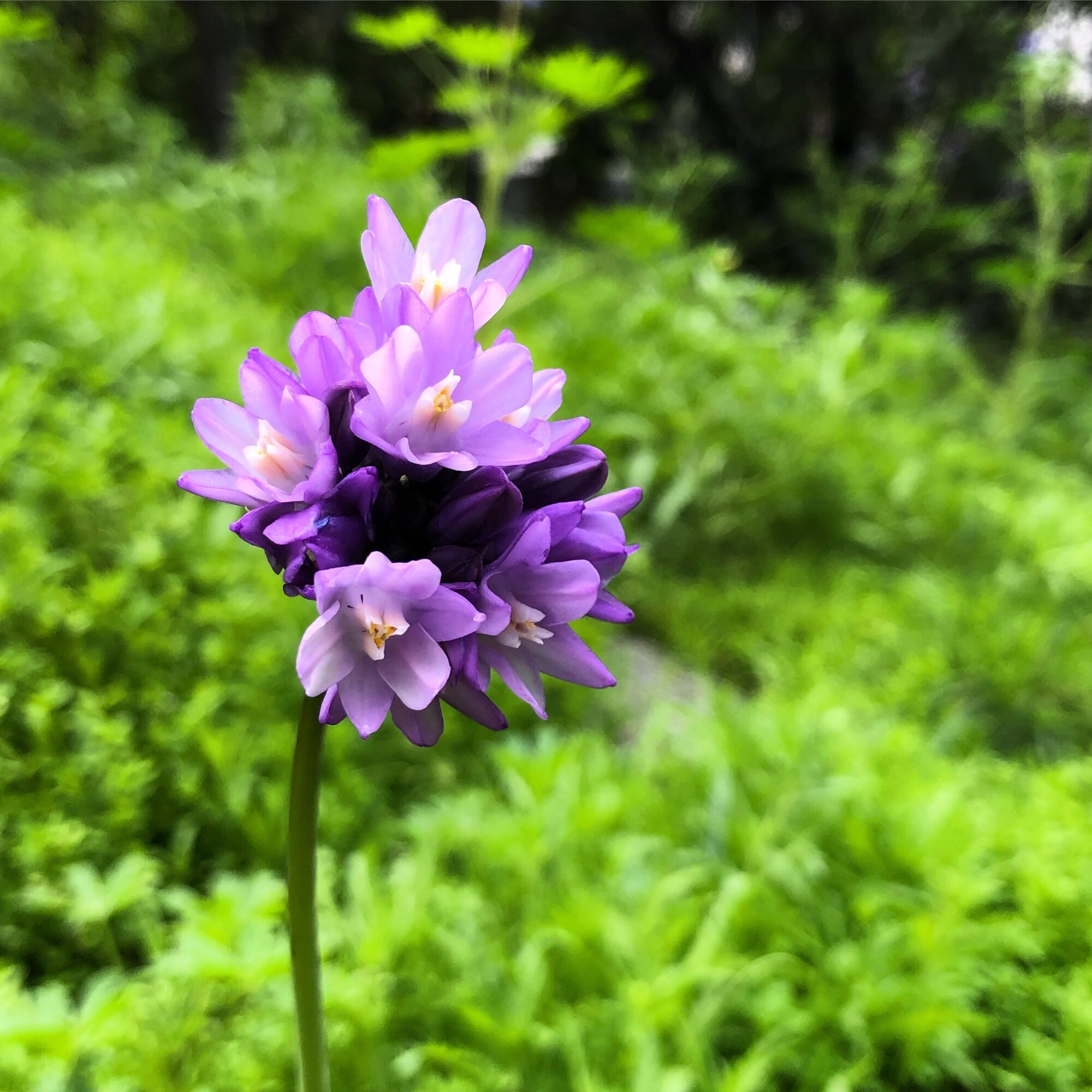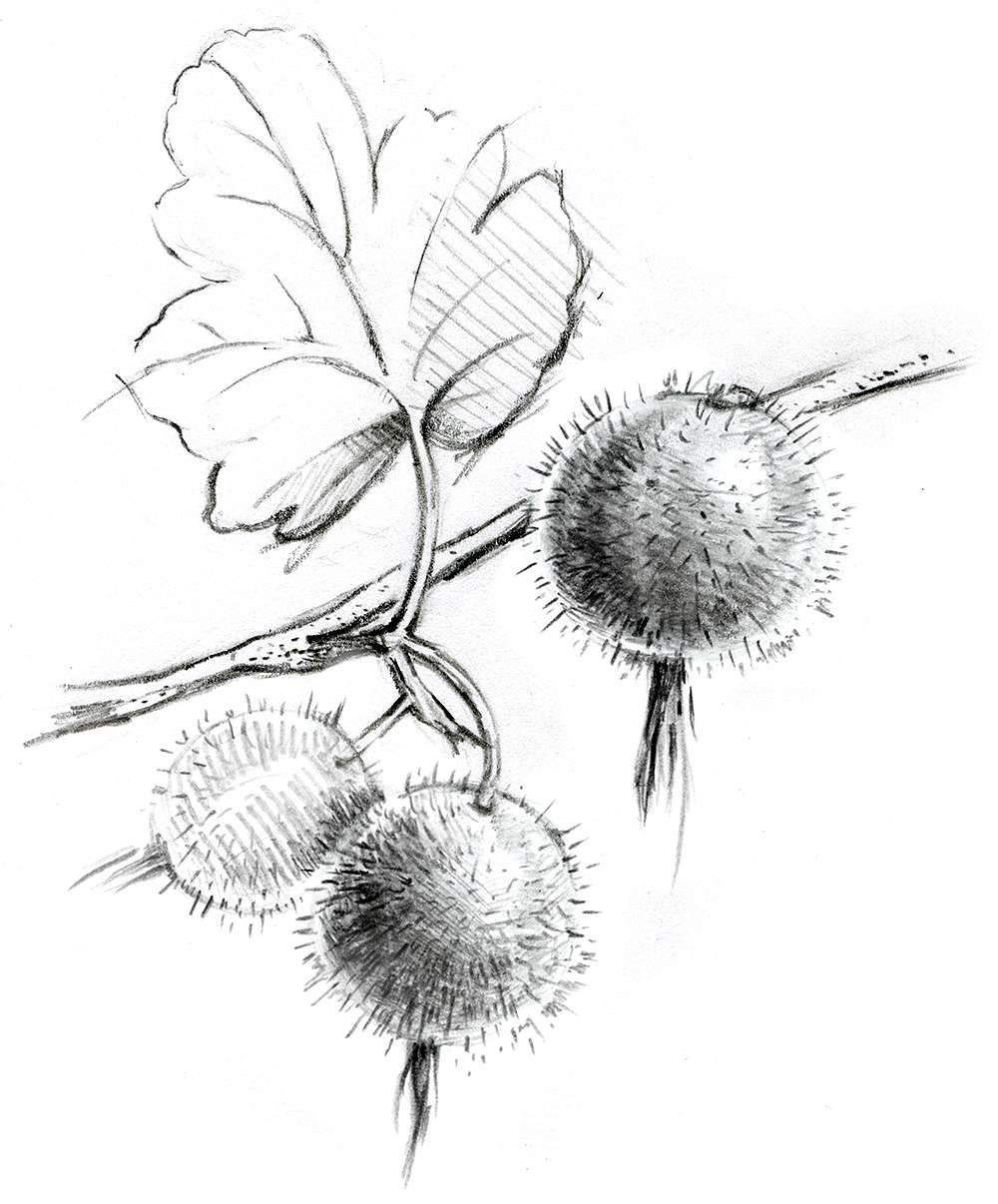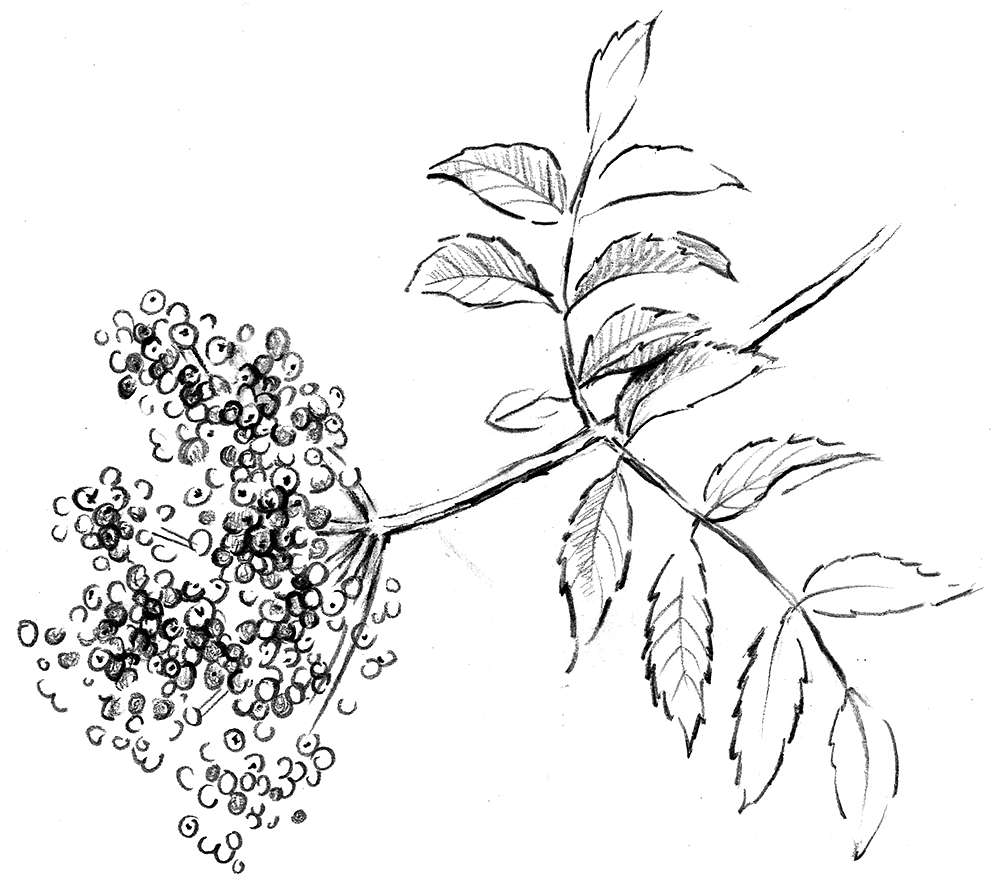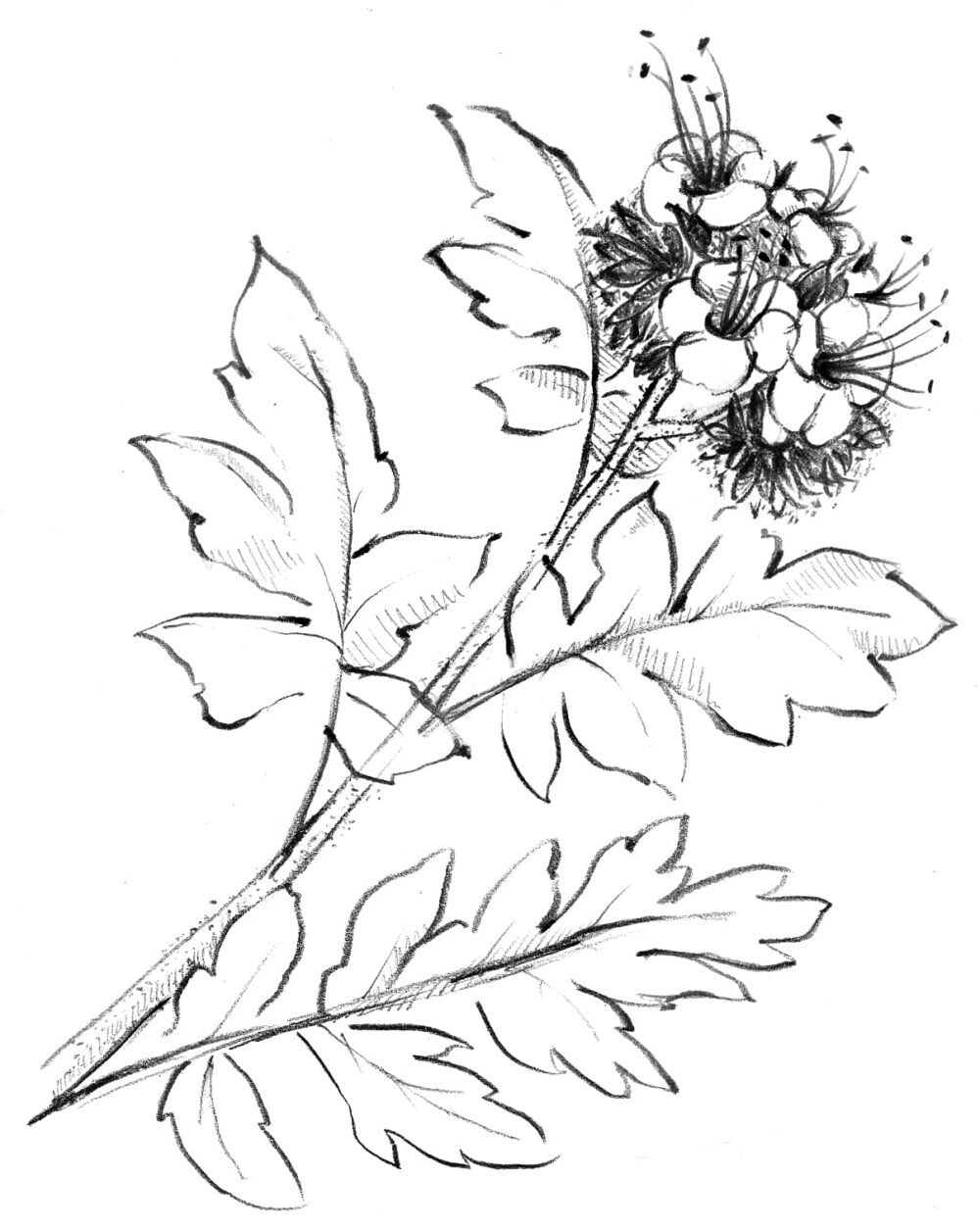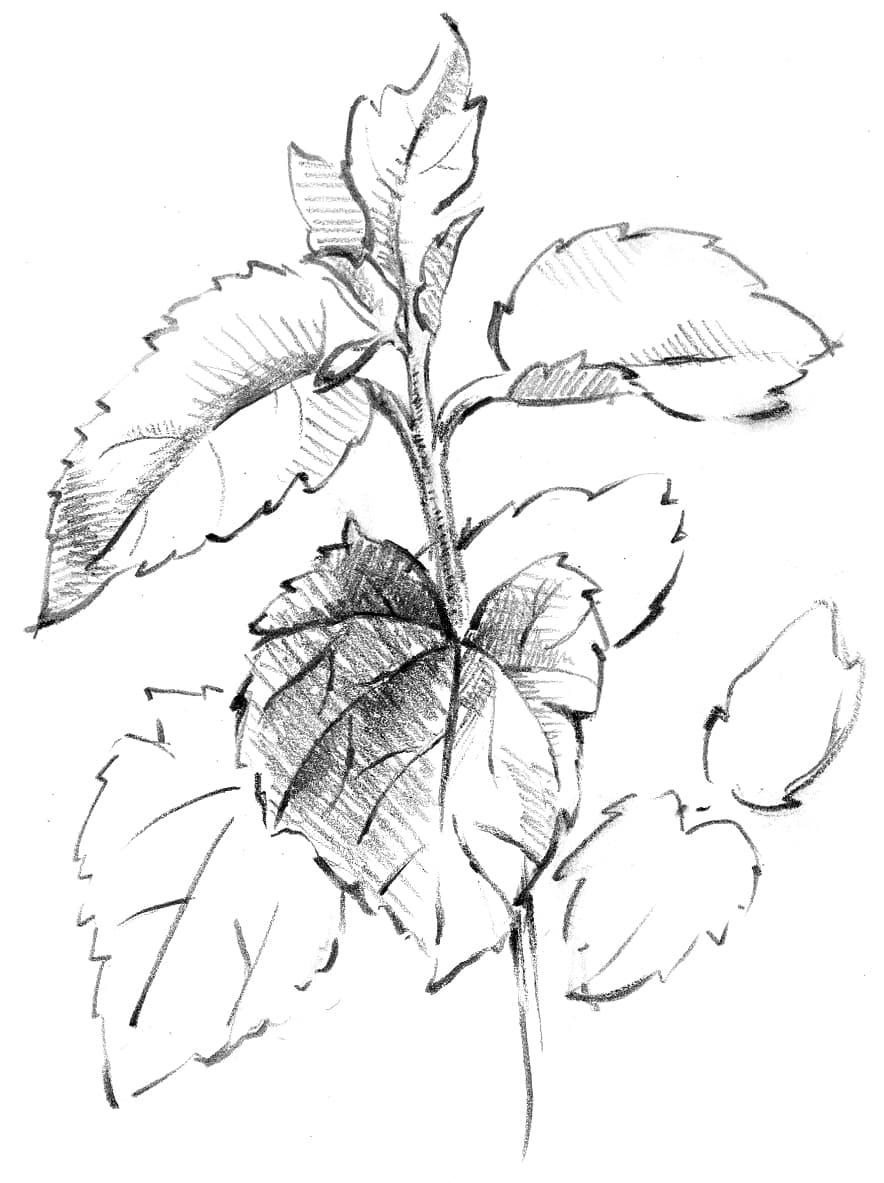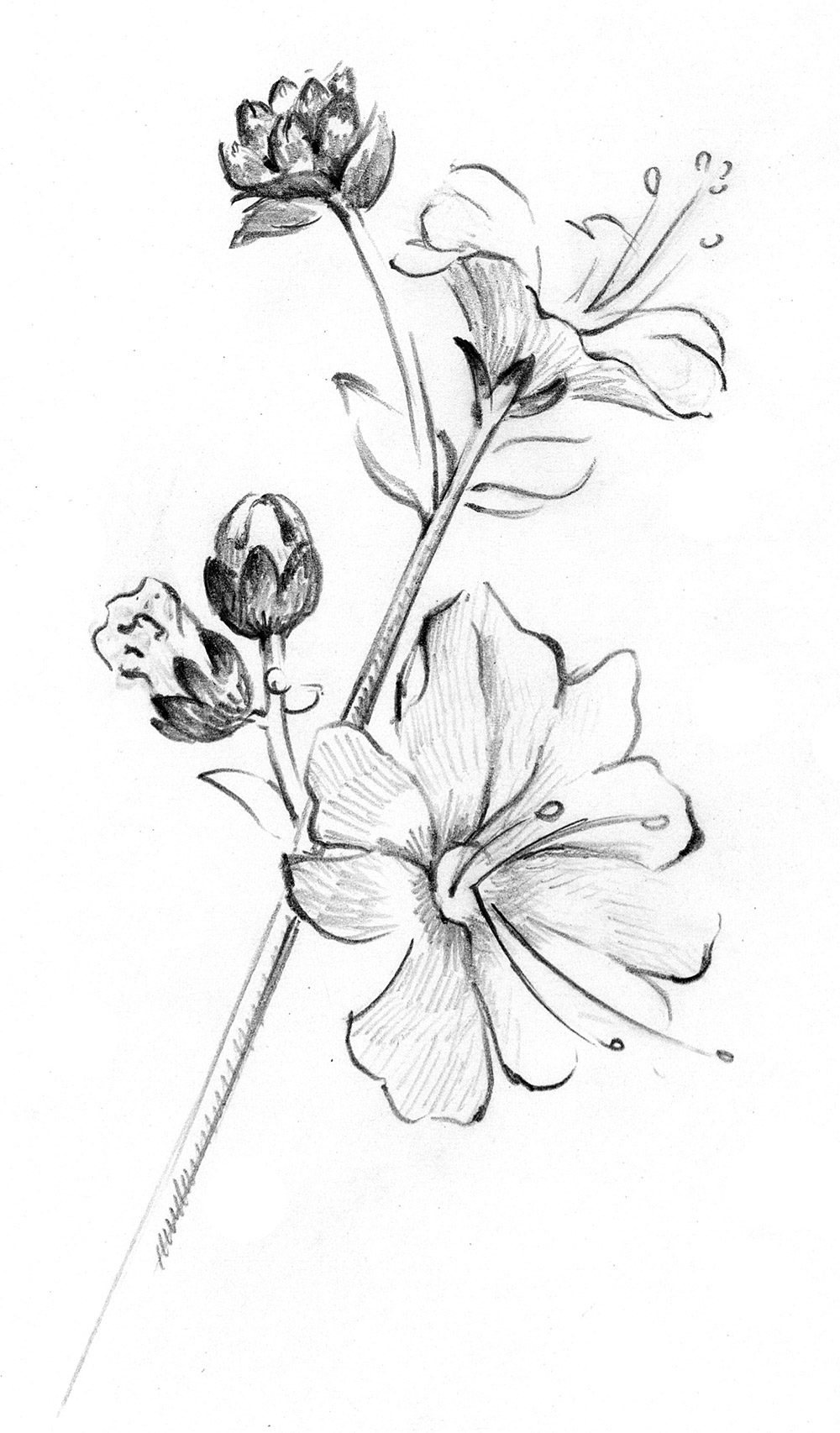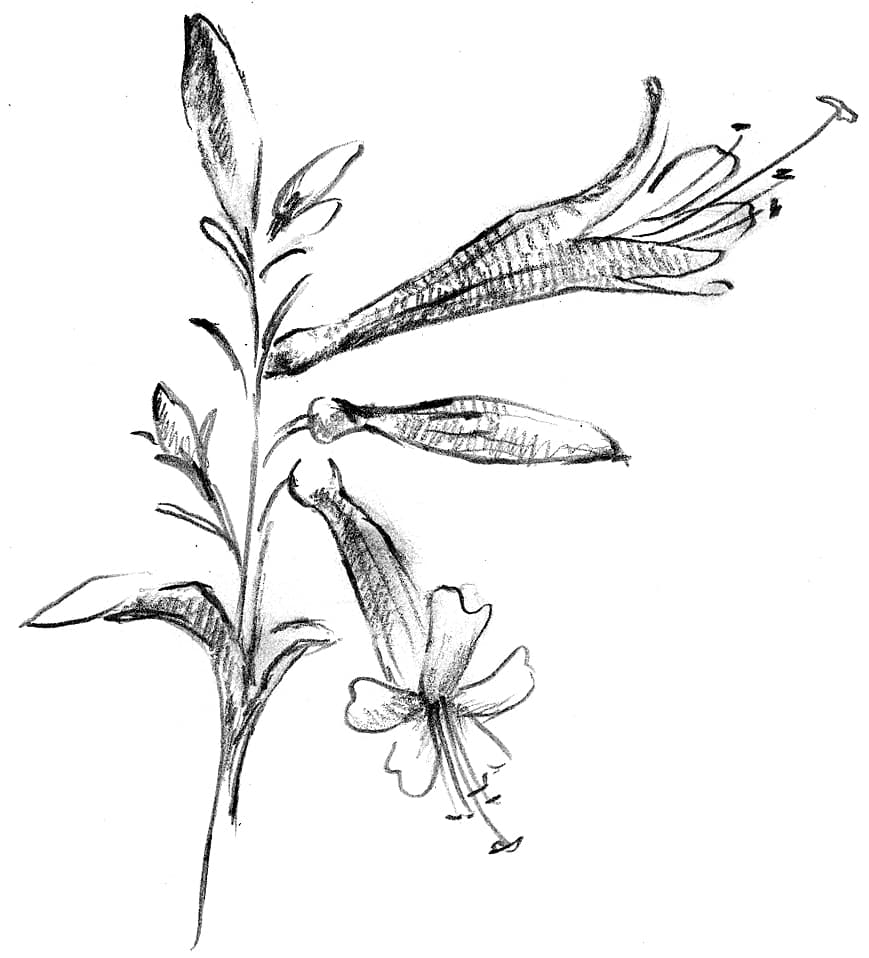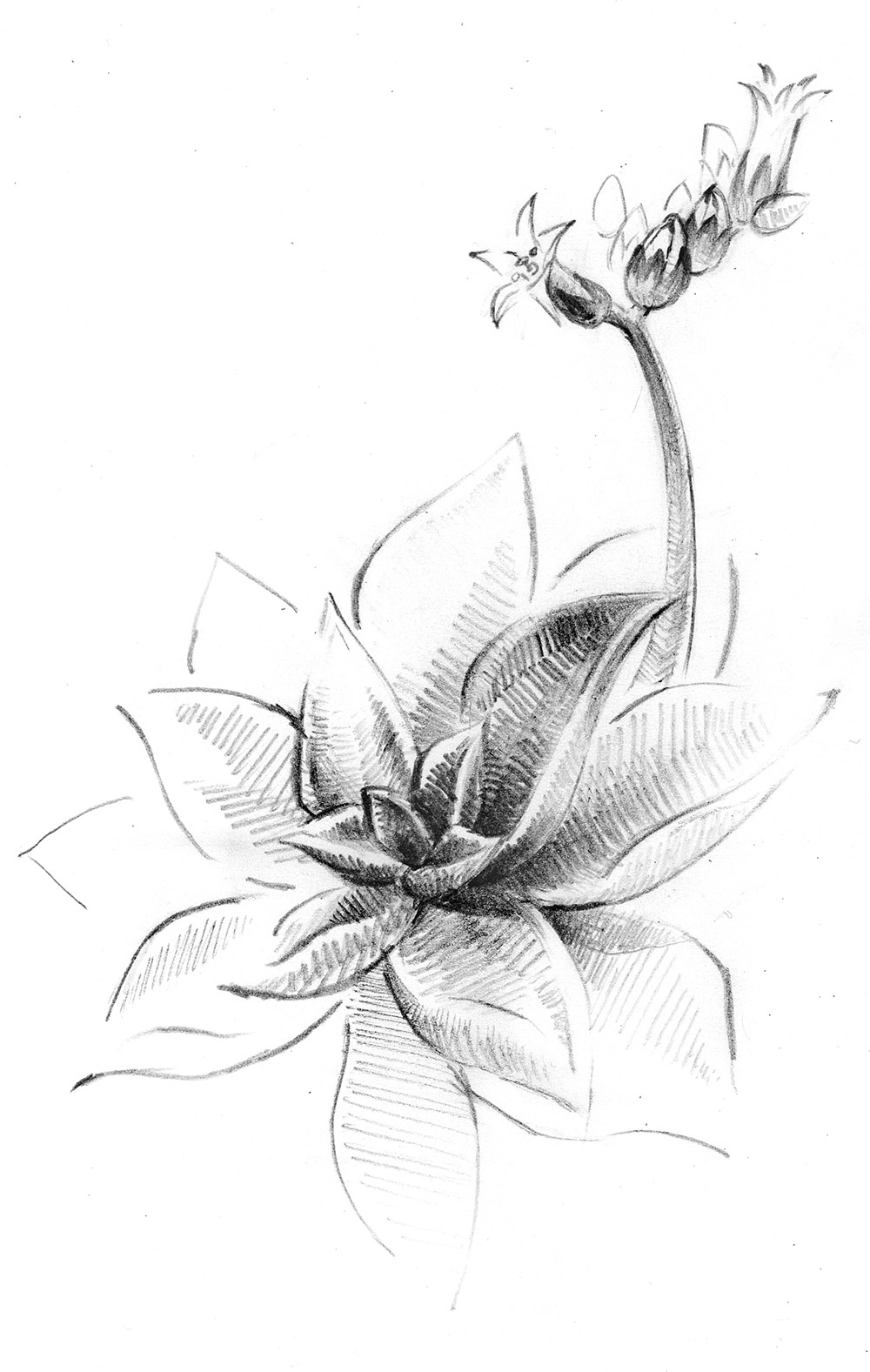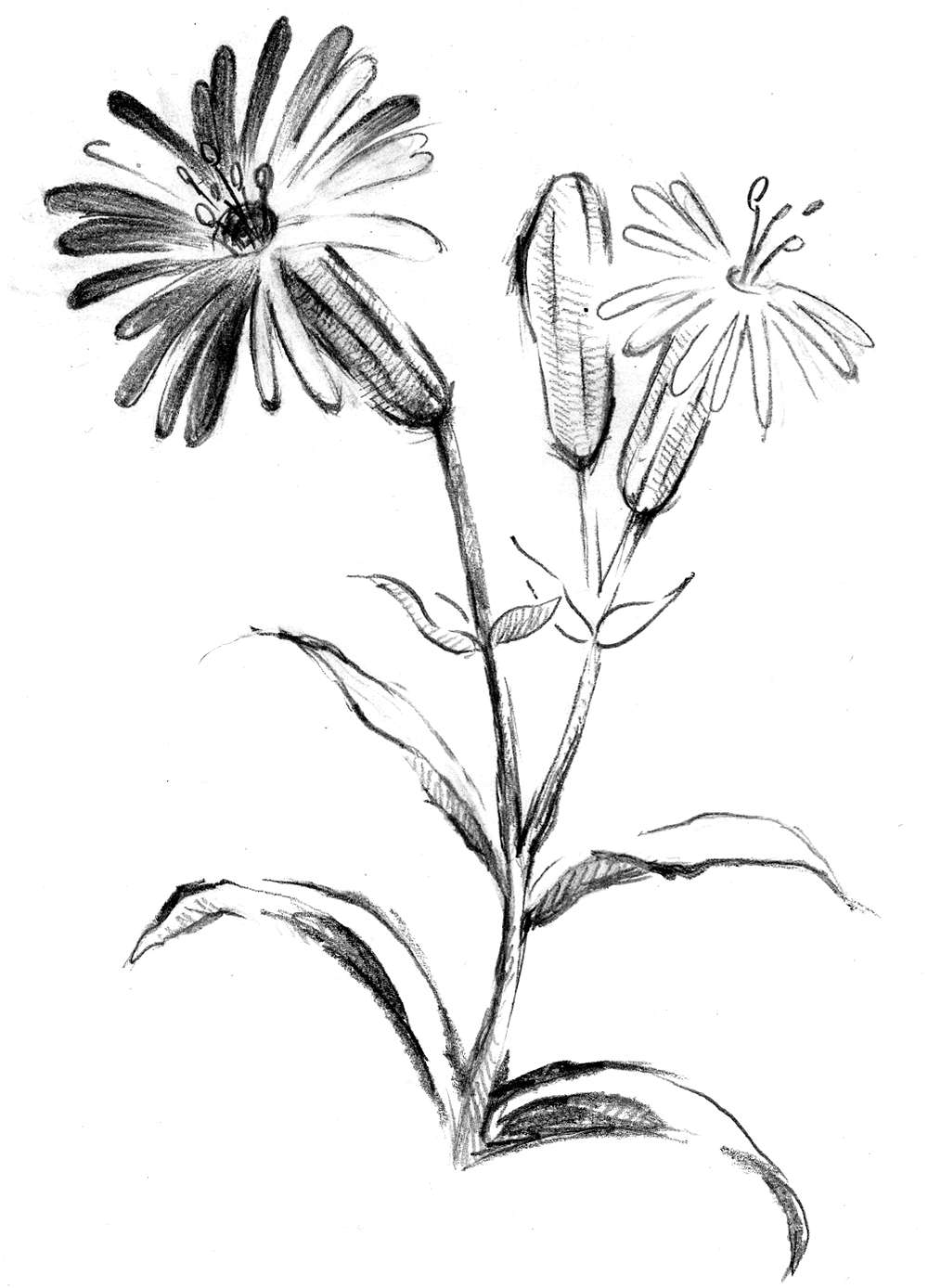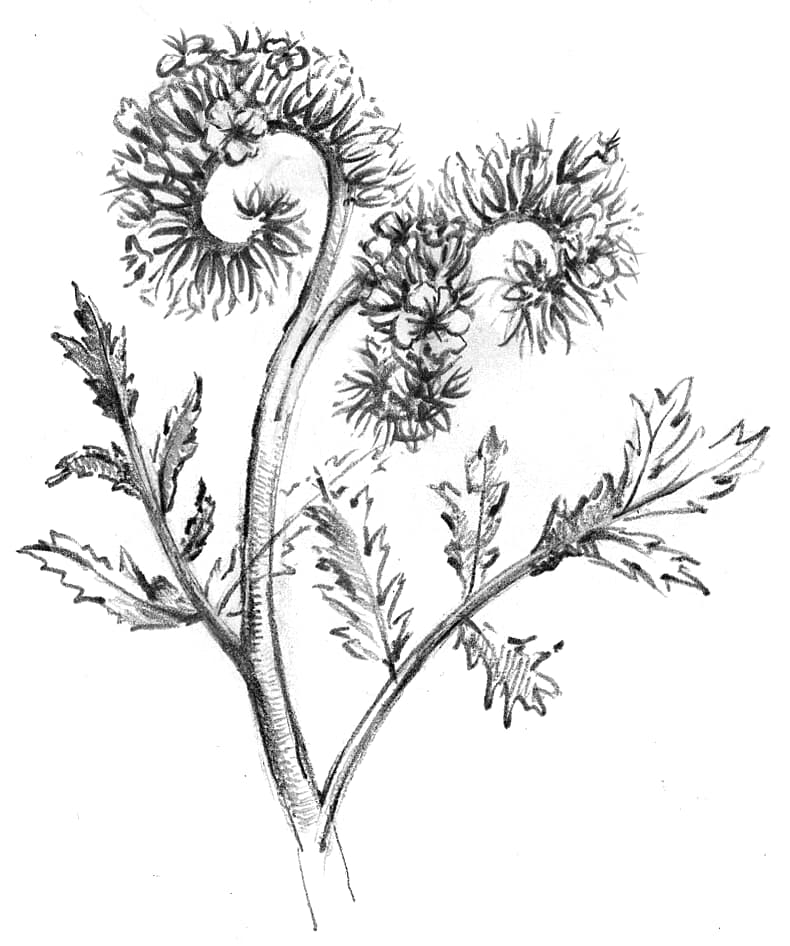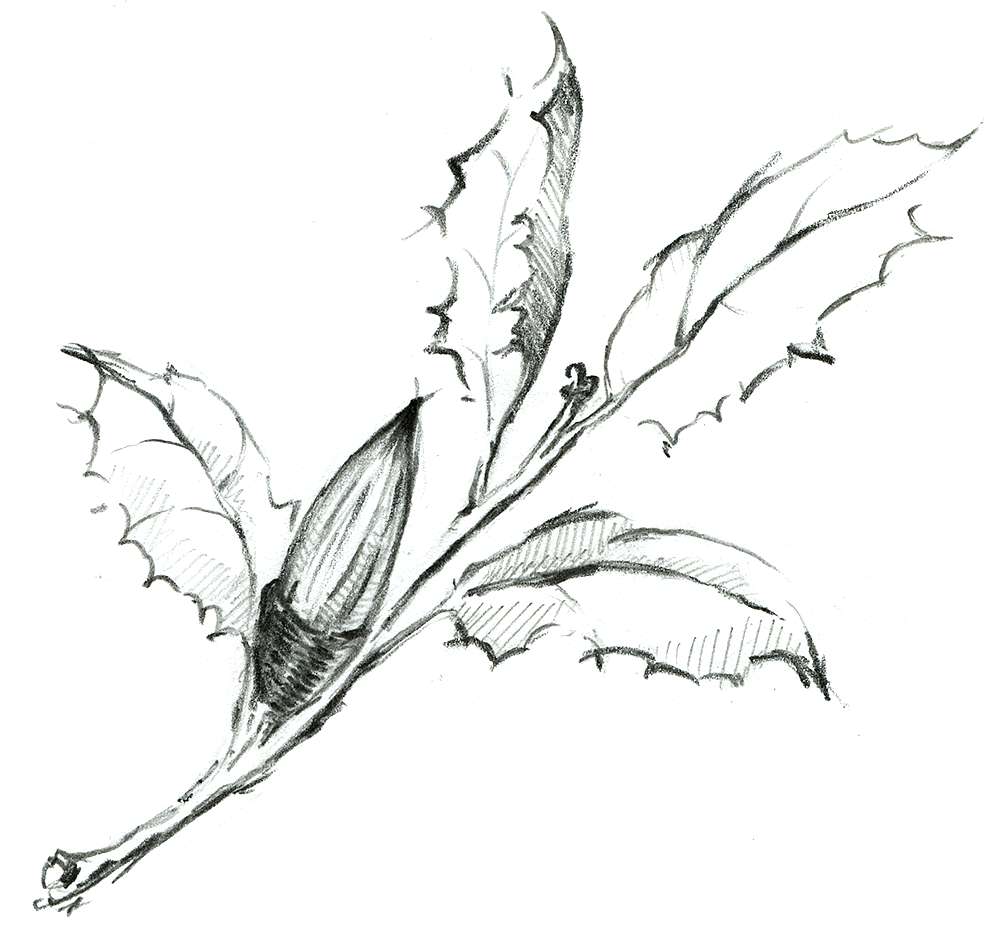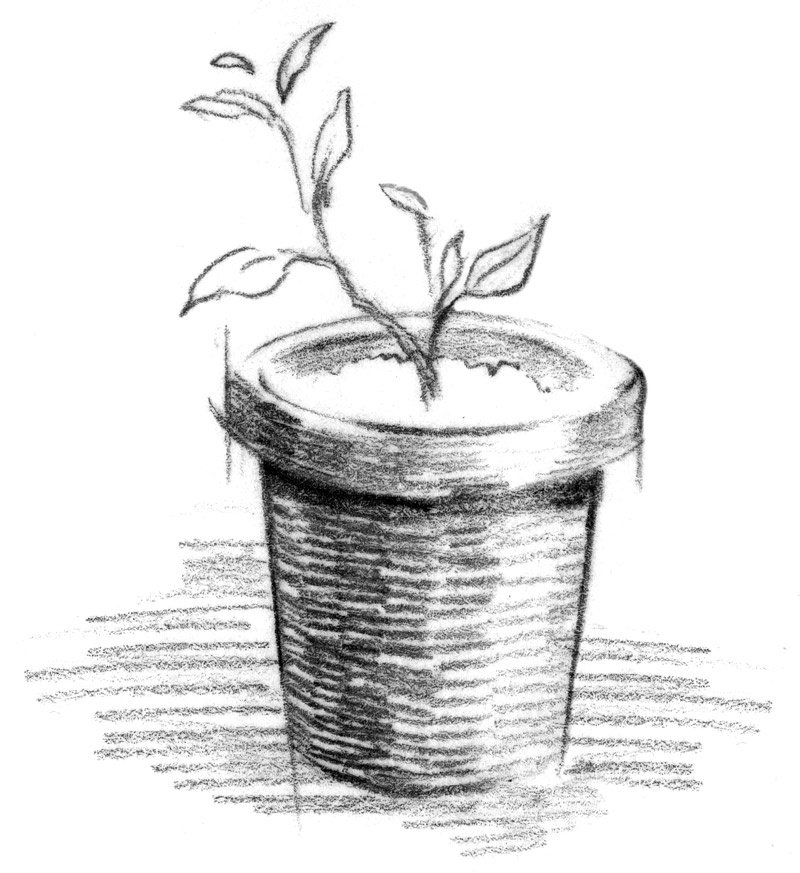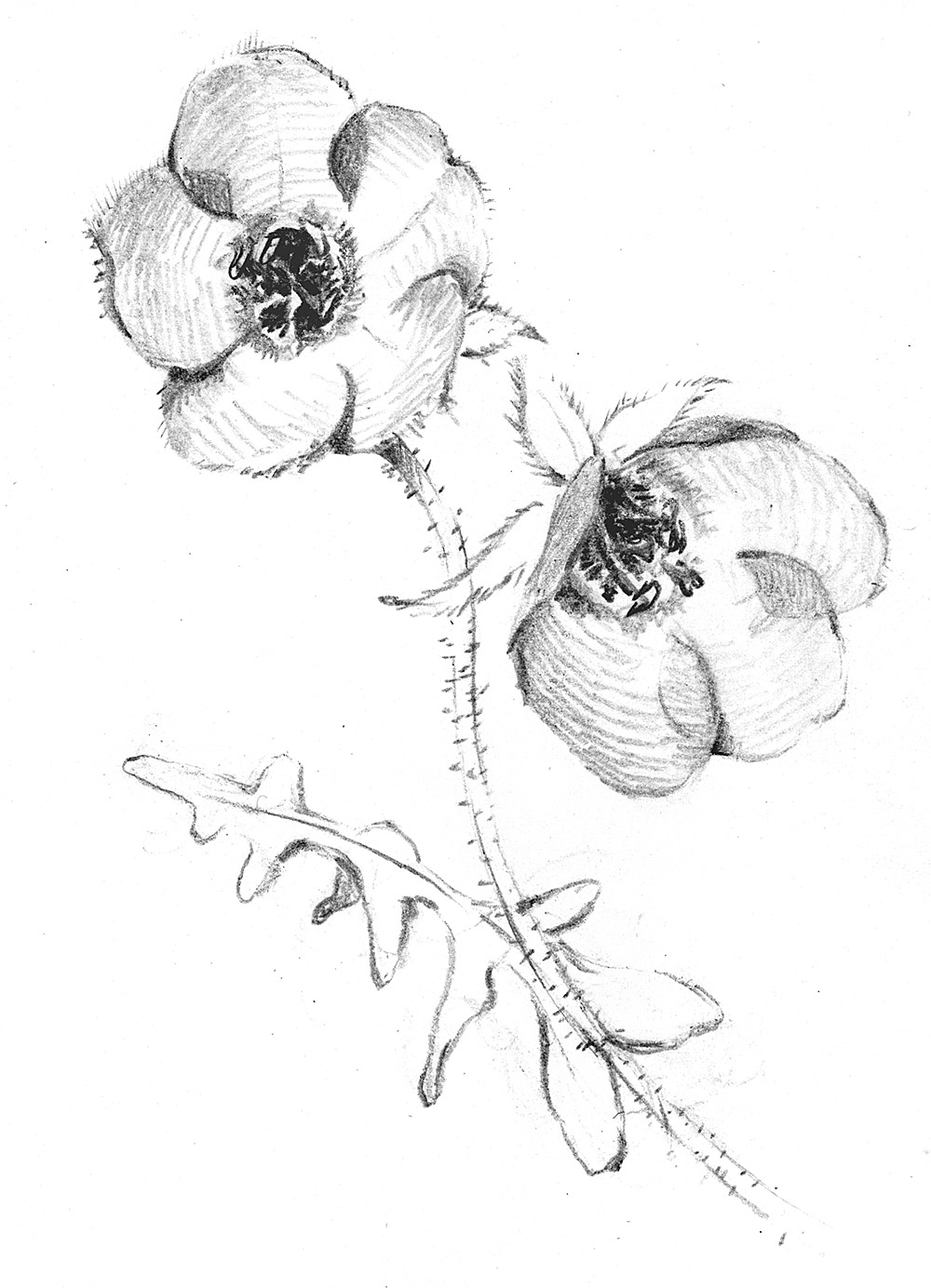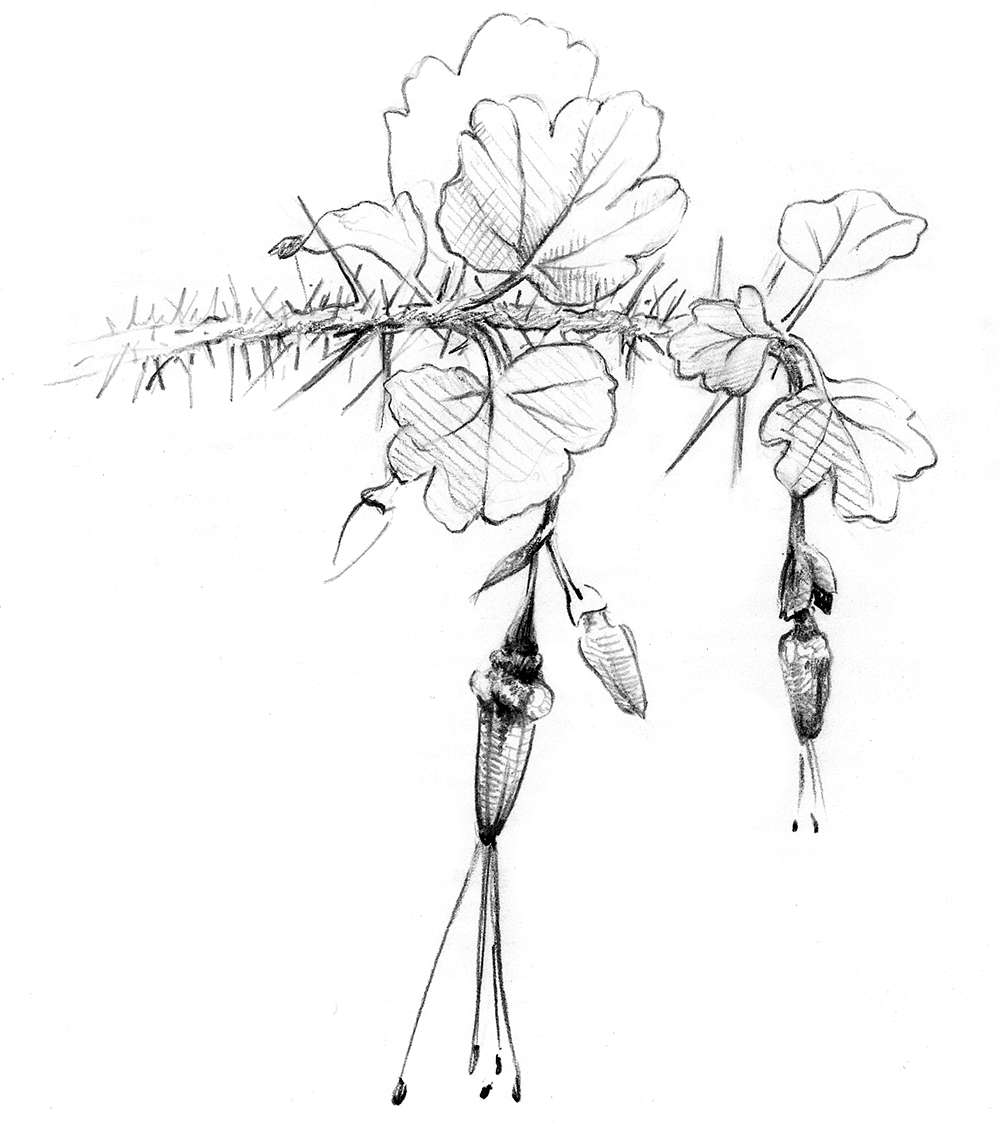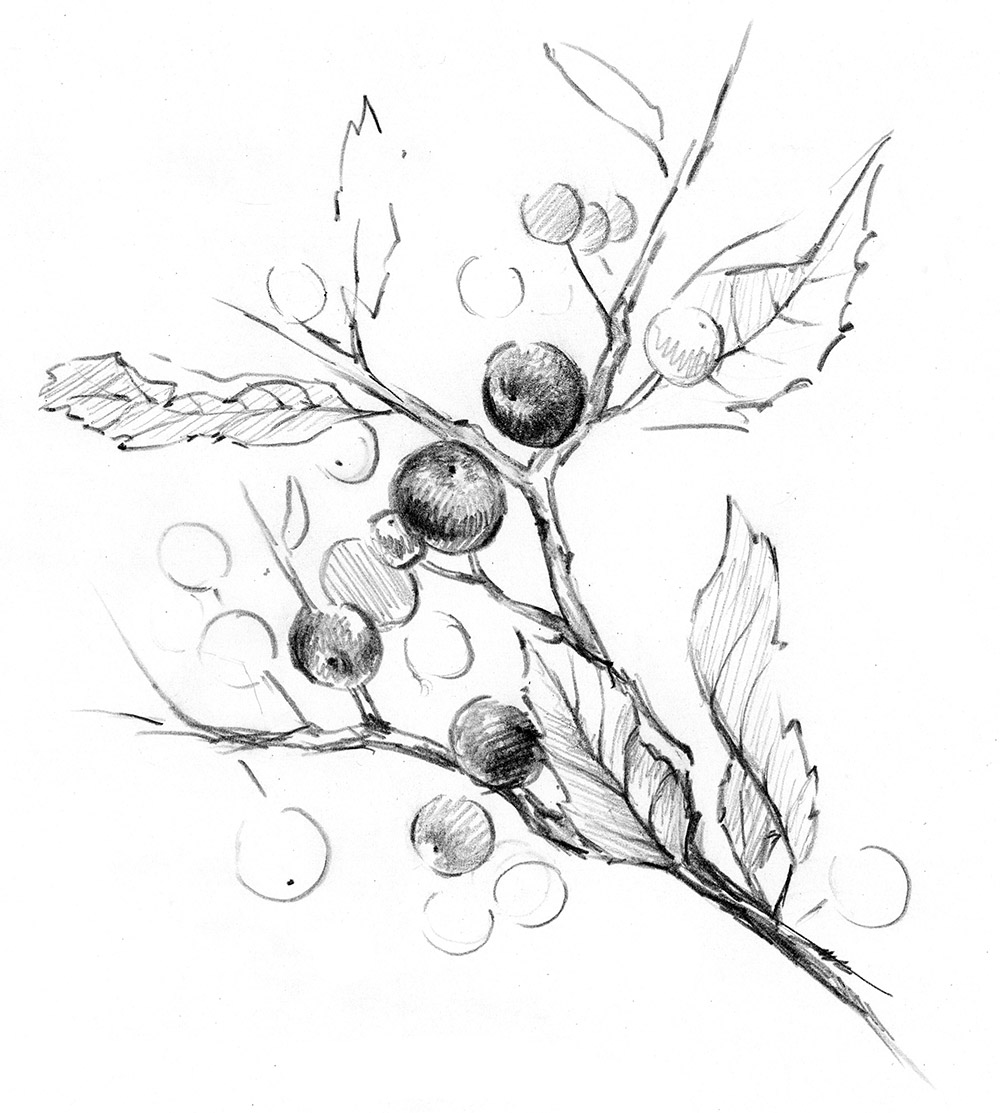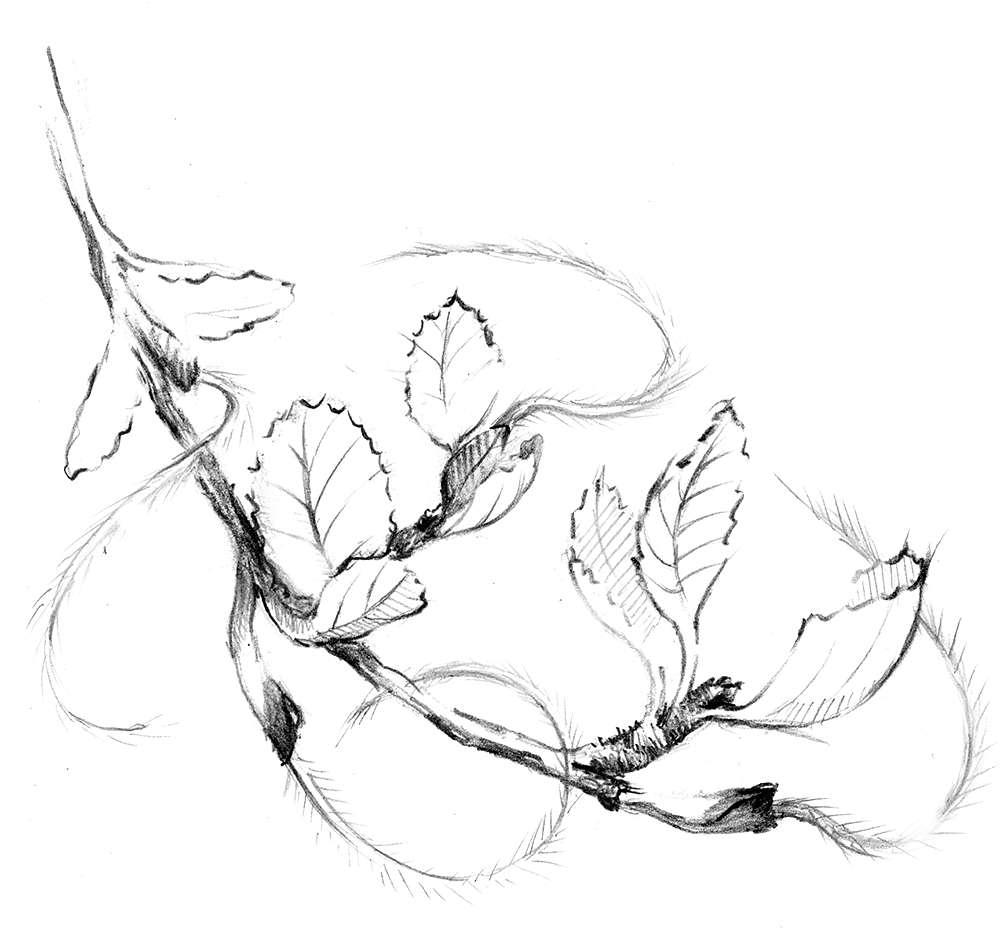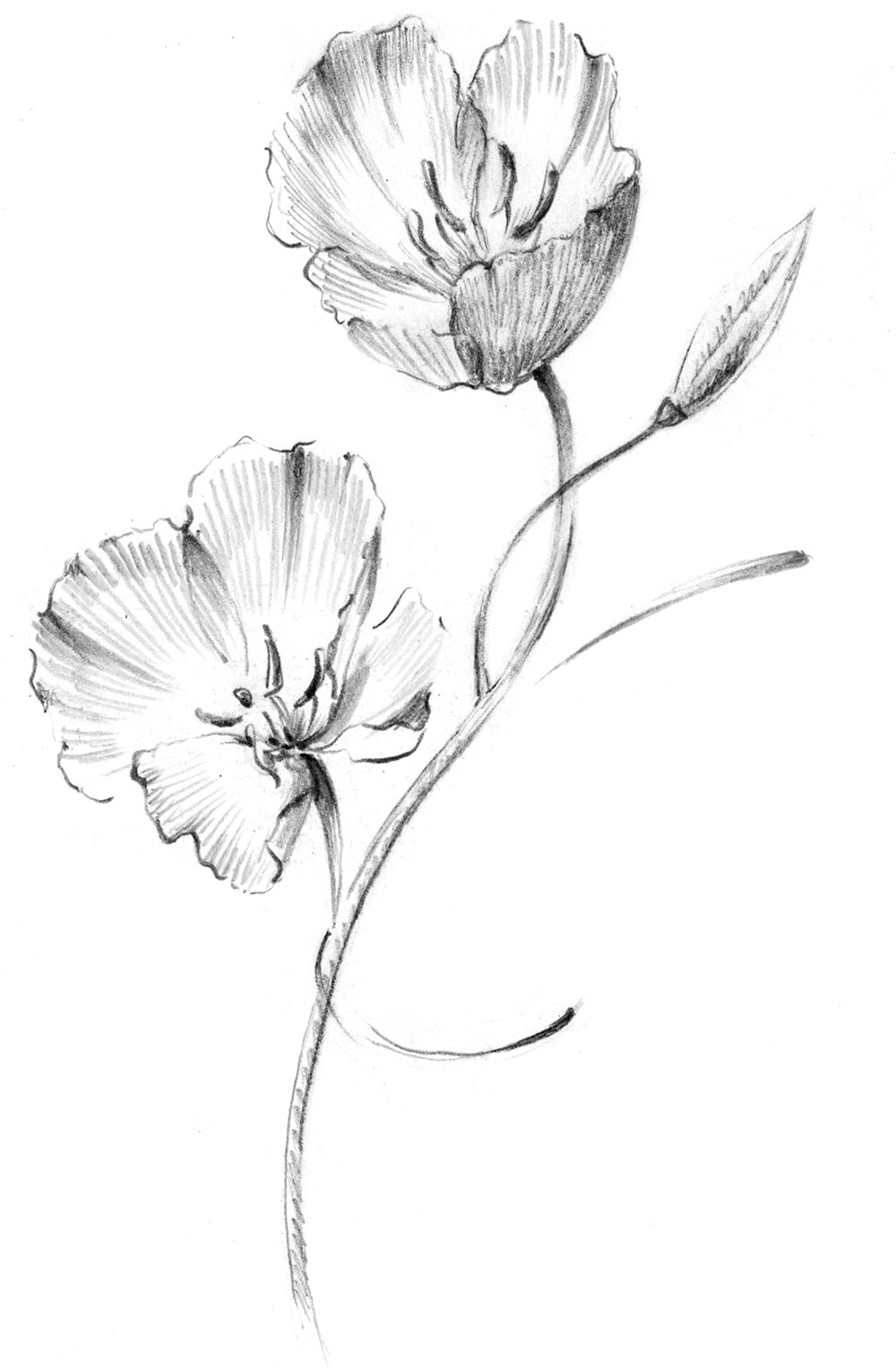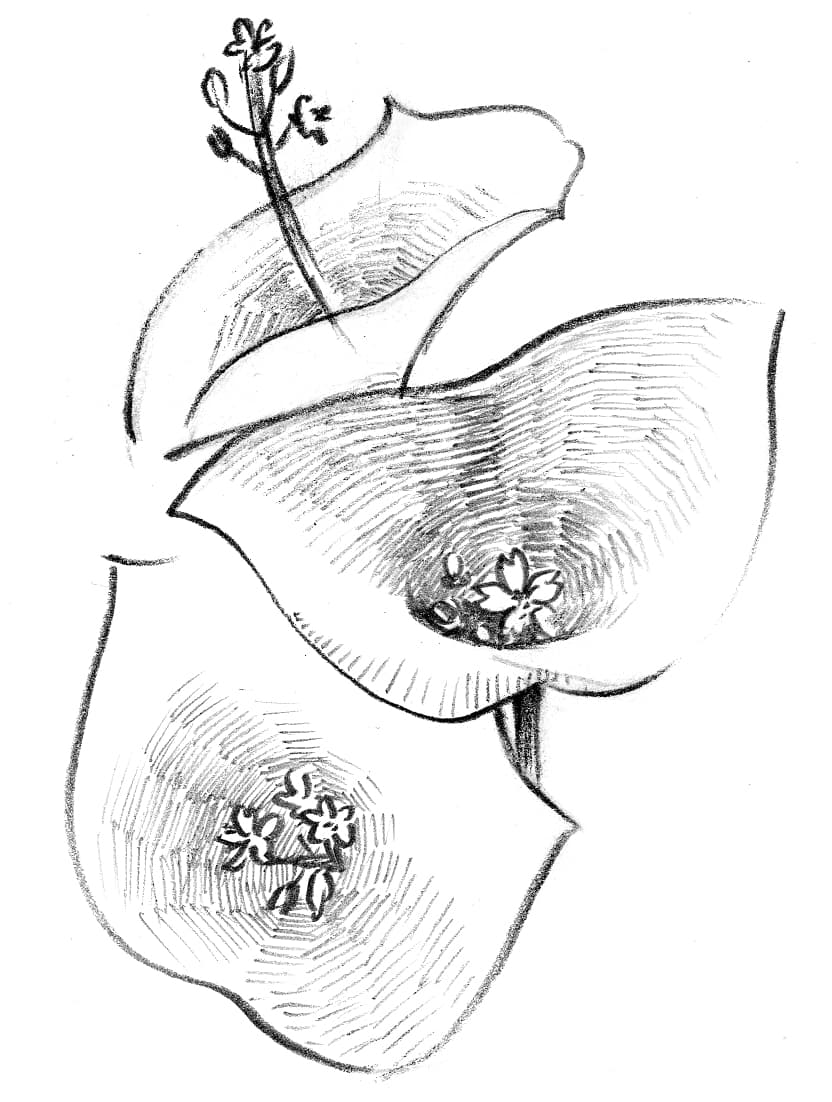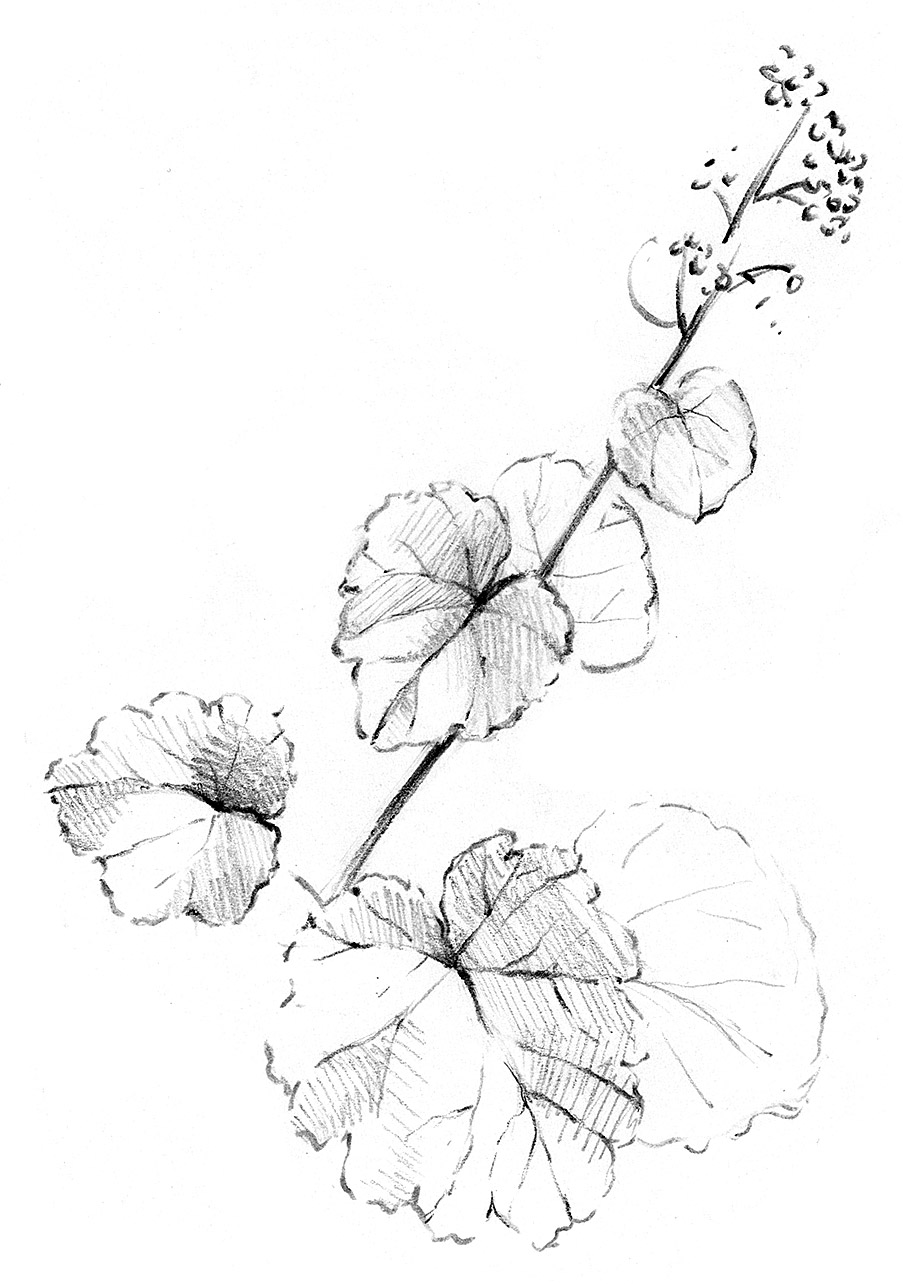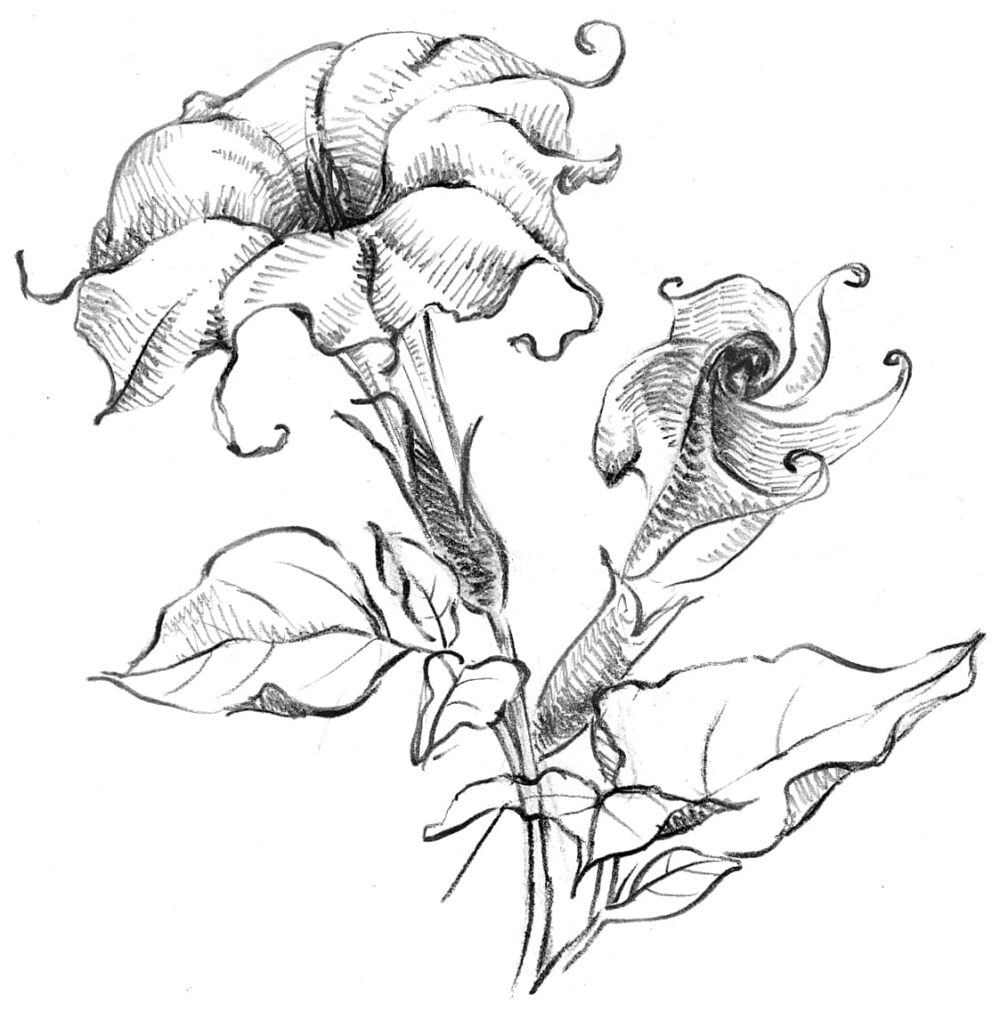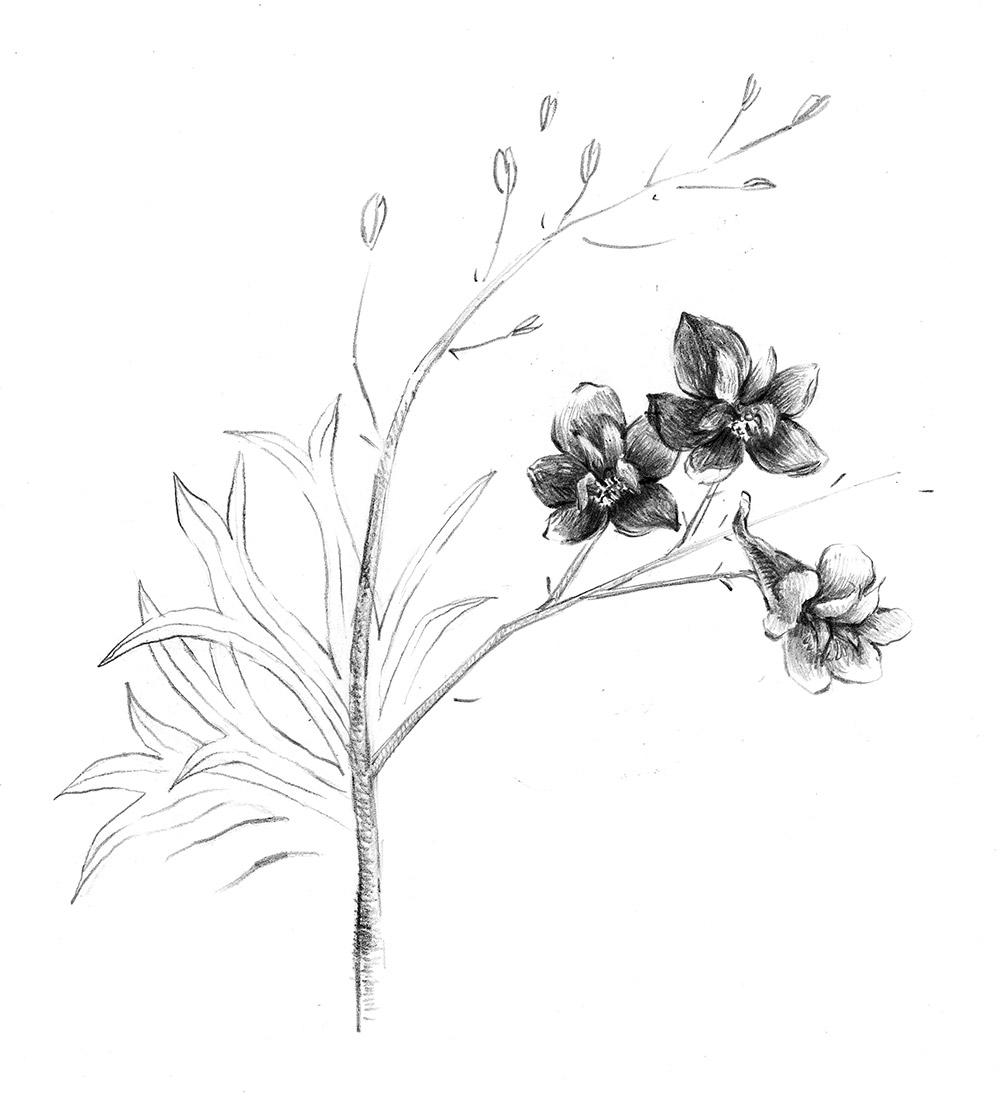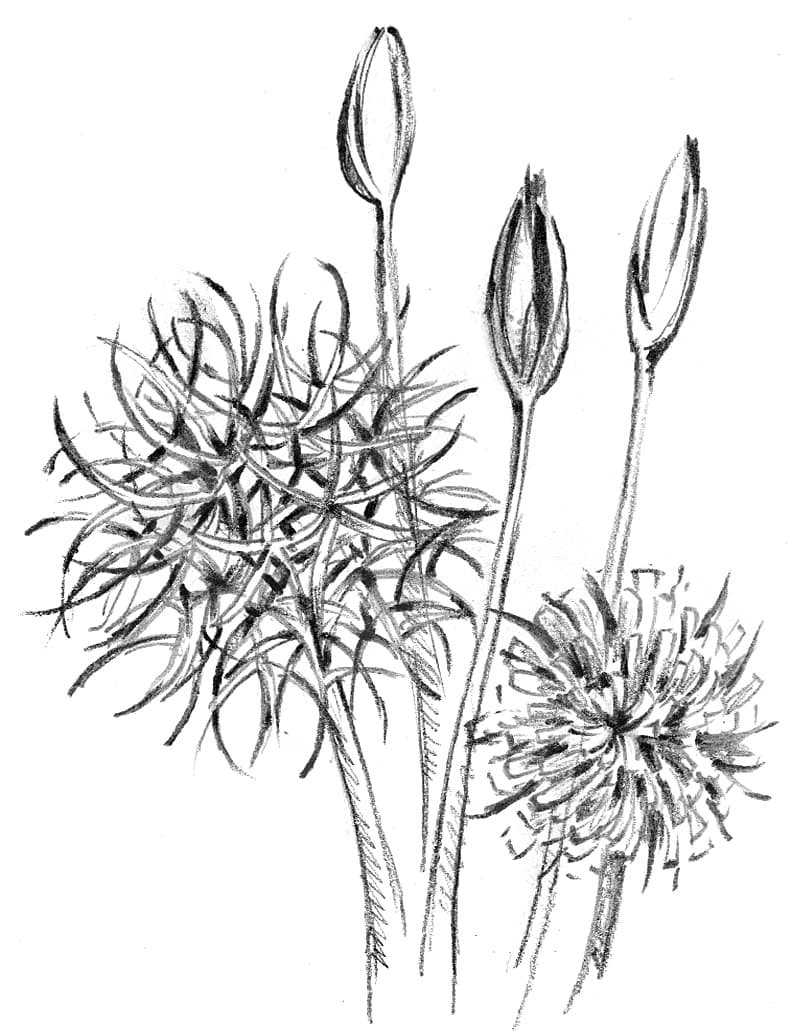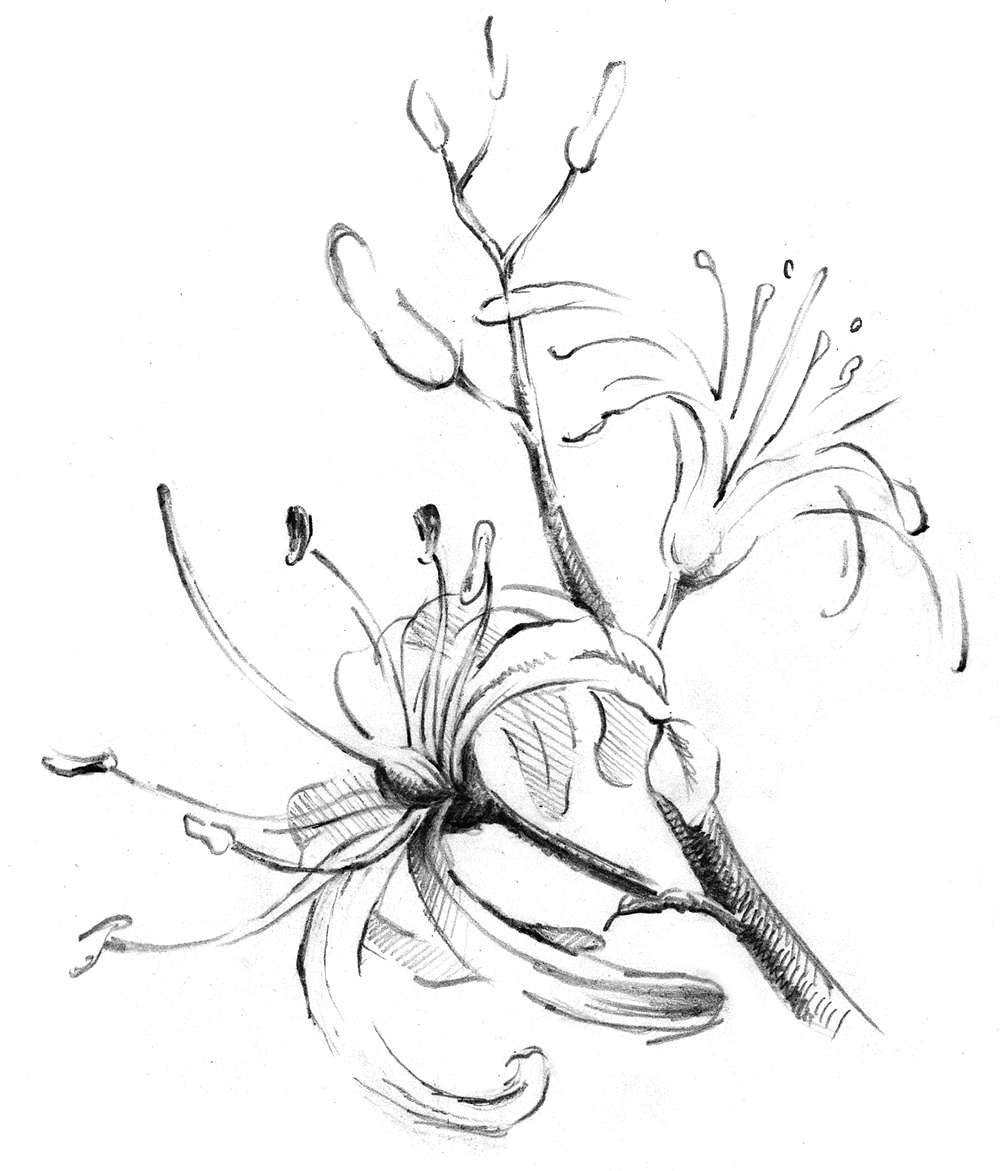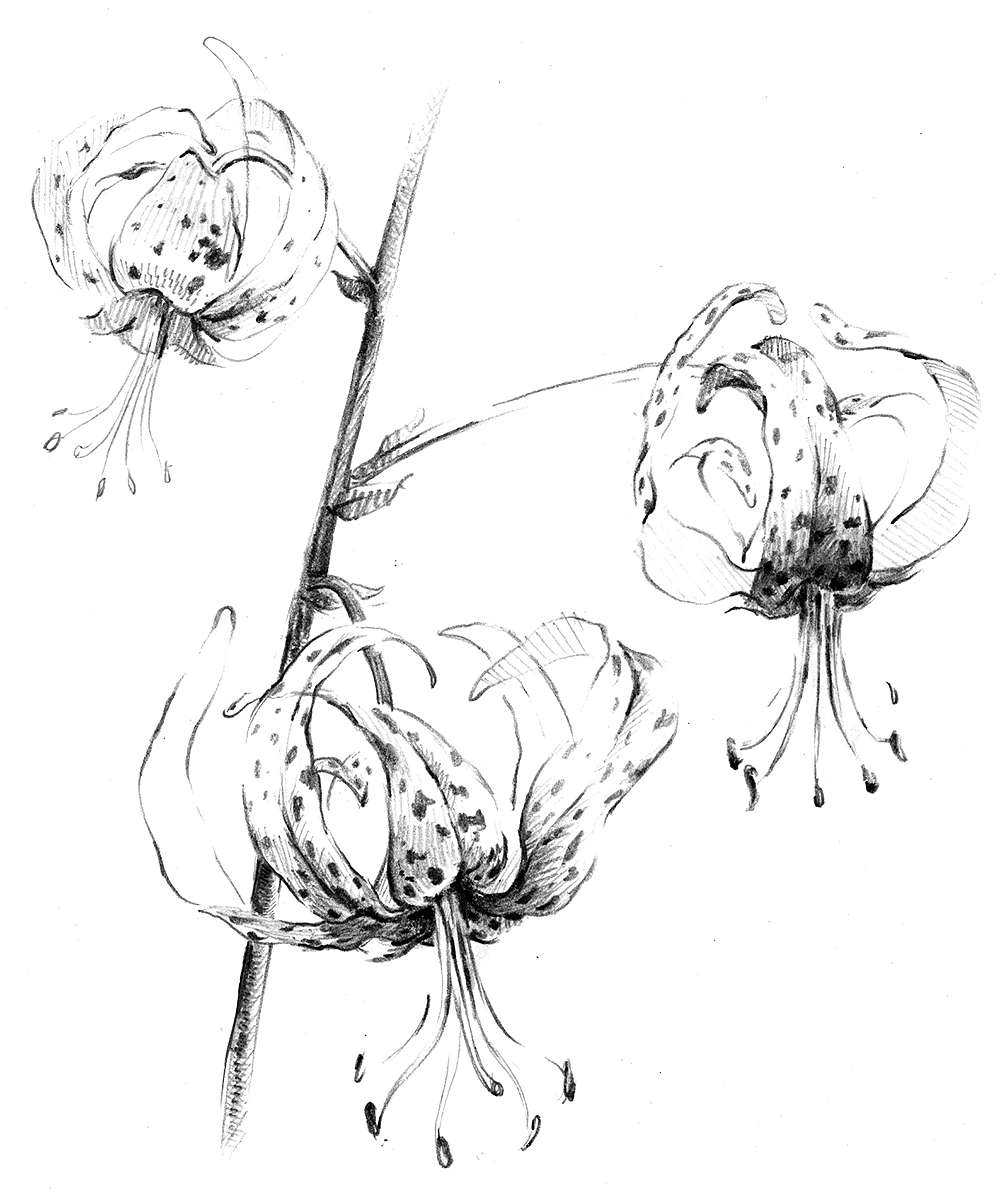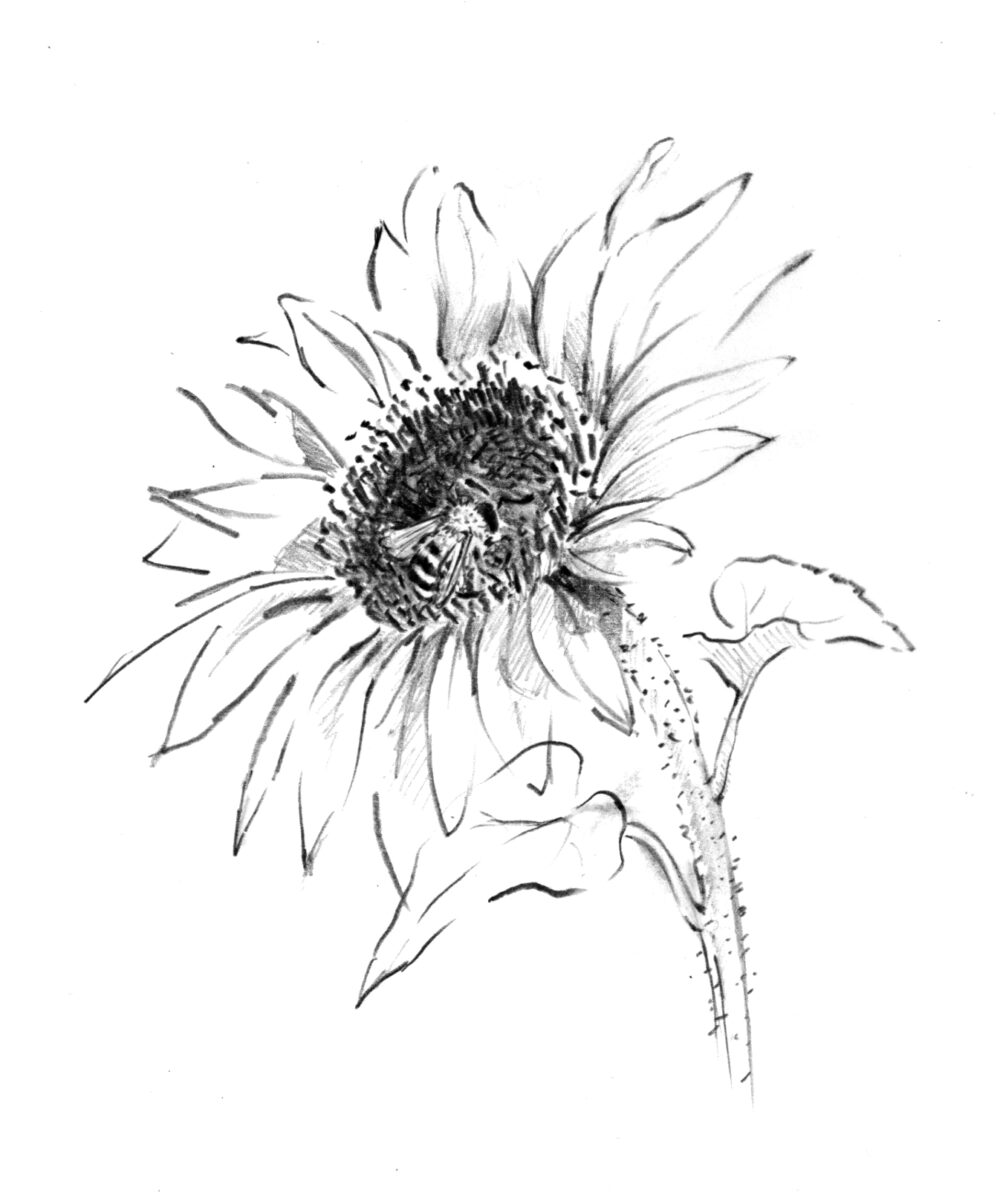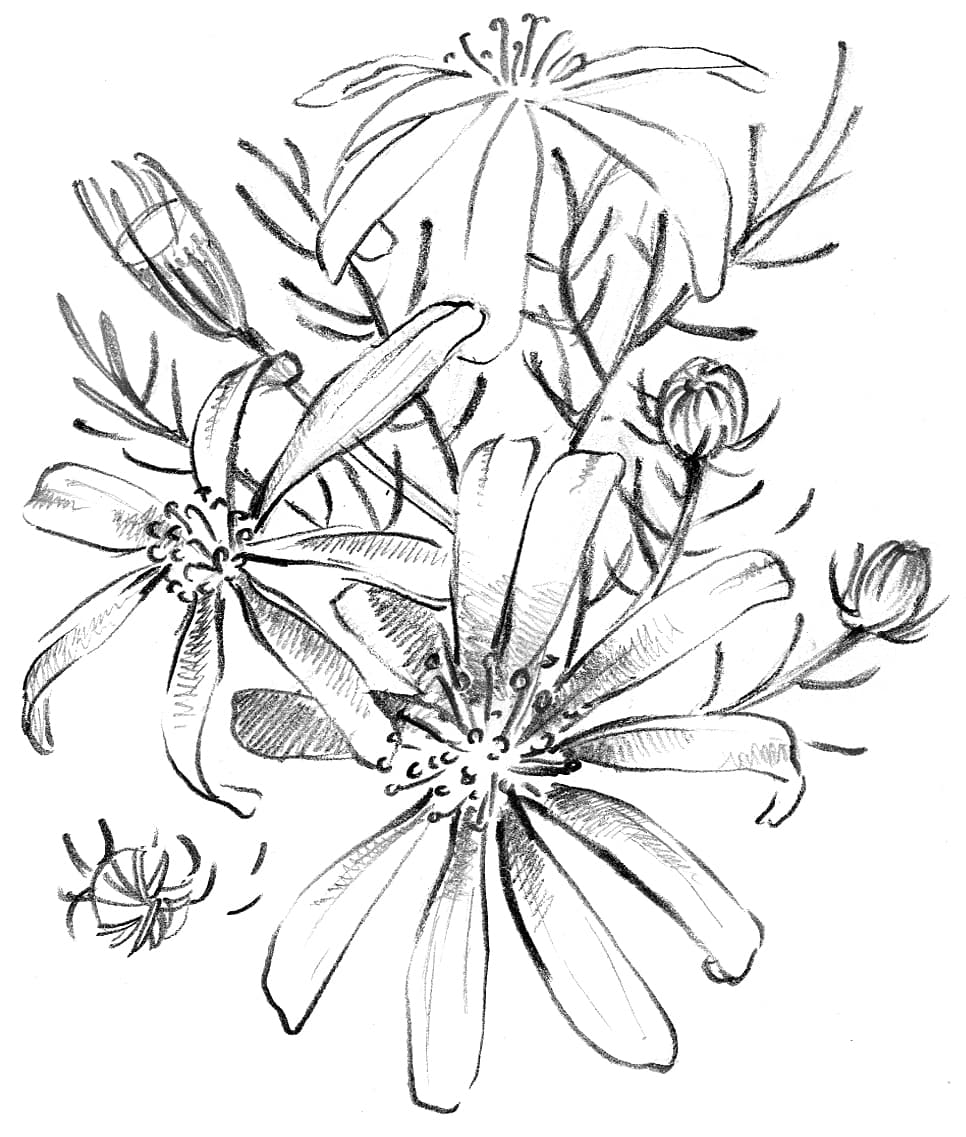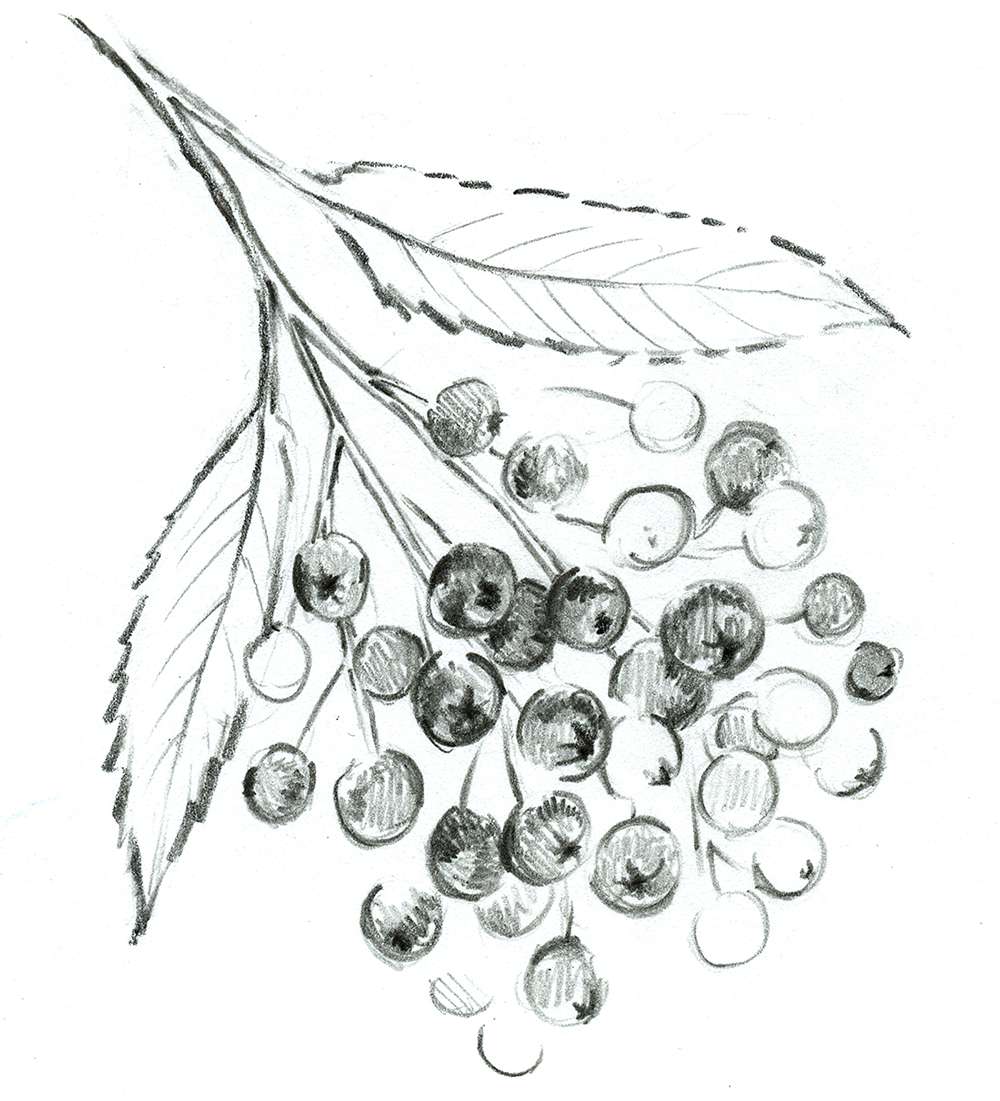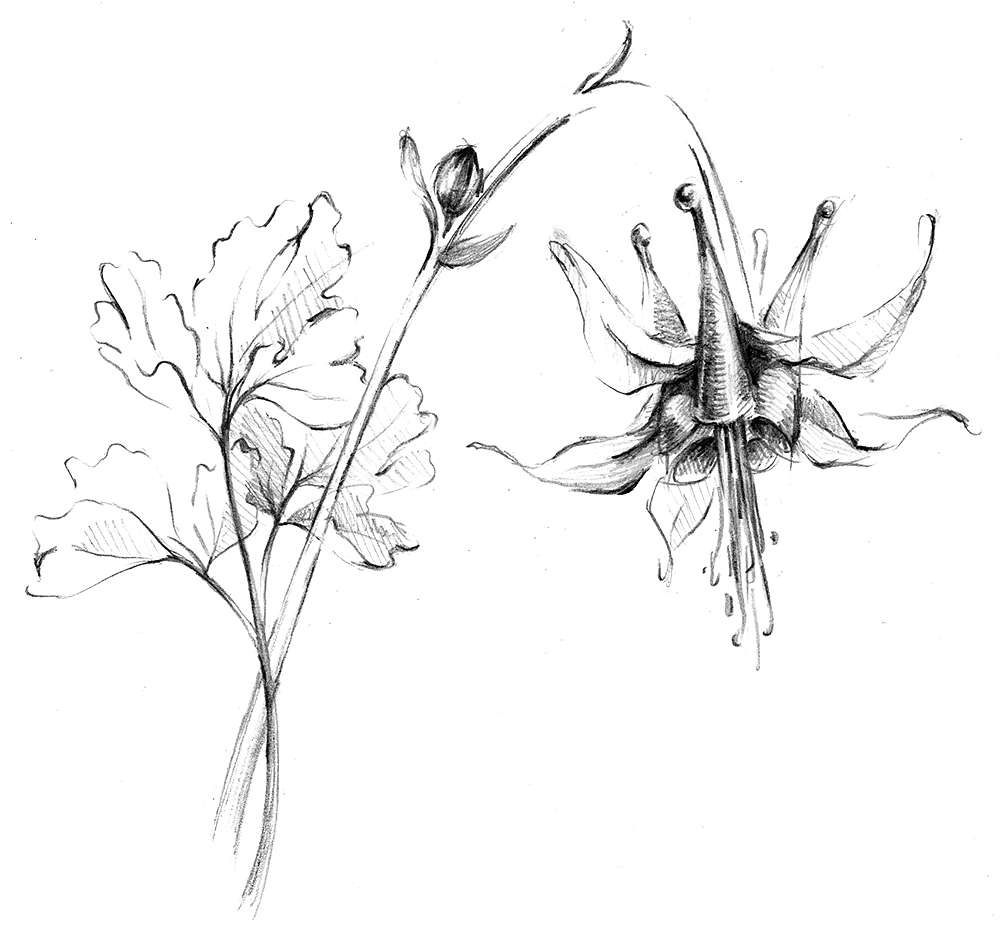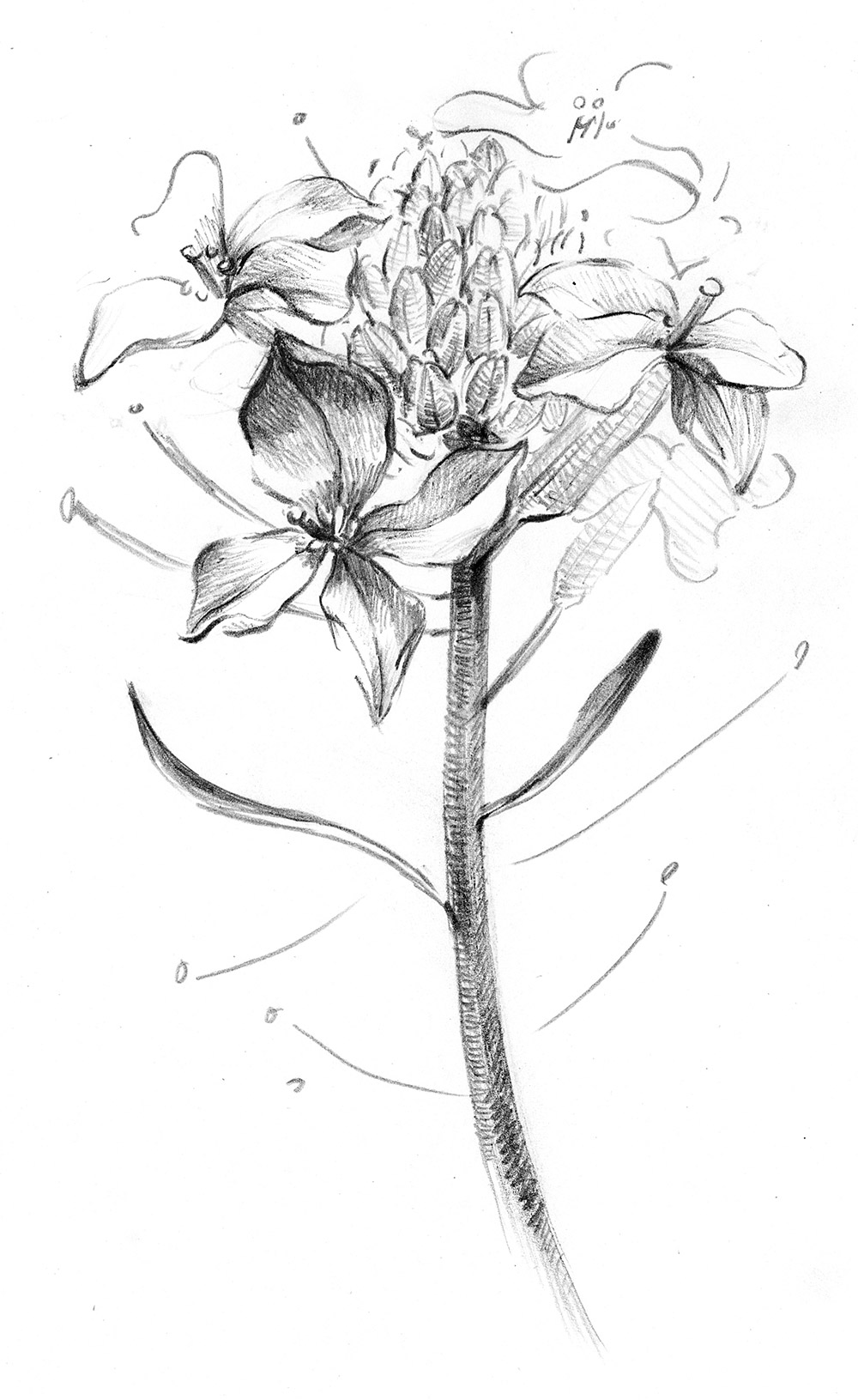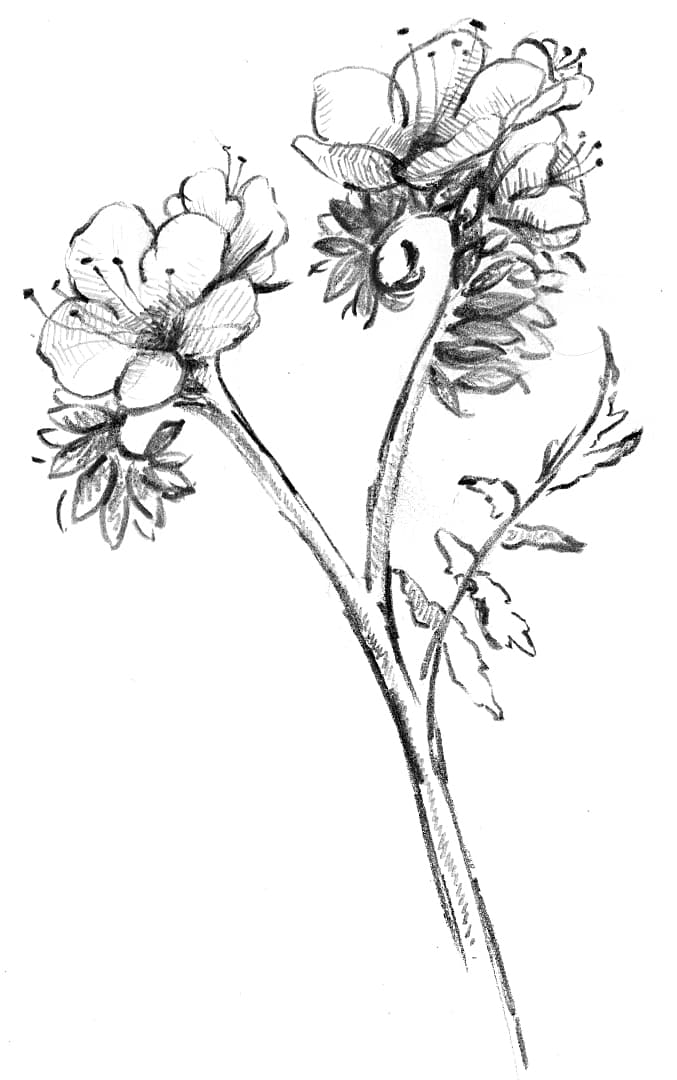In the wilder environs of Los Angeles, you can still find Blue Dicks blooming on grassy hillsides, under oaks and weaving itself into clearings among coastal sage scrub and chaparral. They even make an occasional, astonishing appearance on trashy, undeveloped hillside lots in the city itself, proving that, while they might appear delicate with their lavender- purple to pale yellow petals, these gorgeous corms are anything but.
Whether you choose a sunny or partly shady spot for them in your garden, make sure they have well-draining soil in an area that requires little to no supplemental water in the summer. (Like most native California geophytes (i.e., bulbs and corms), Blue Dicks need dry conditions during their period of summer dormancy). In full sun, try a companion planting of local Needlegrass (Stipa species) and wildflowers for a quickly-establishing patch of grassland habitat. Alternatively, plant in pockets amid smallish, summer-dry plants such as such as Coast Prickly Pear (Opuntia litoralis), White Sage (Salvia apiana) Wooly Bluecurls (Trichostema lanatum) and Cliff Aster (Corethrogyne filaginafolia). If you’re adding Blue Dicks to the dappled shade of an existing tree’s understory, they play well with Small Flowered Melic Grass (Melica imperfecta) and Rooreh (Claytonia perfoliata).
For you geophyte neophytes out there, our California native bulbs come with a handy-dandy planting guide that will demystify bringing these beautiful and fascinating plants into your garden.
SO NOTED DEPARTMENT
For you taxonomy nerds out there, after some back-and-forth over the last 150 years or so, the genus of Blue Dicks (Dichelostemma) was apparently replaced by Dipterostemon in 2017 by the Plus Haut et Plus Puissant Conseil Secret des Sorciers Botaniques.* Does that mean we should be calling them “Blue Dips”?
*The Most High and Most Powerful Secret Council of Botanical Wizards

